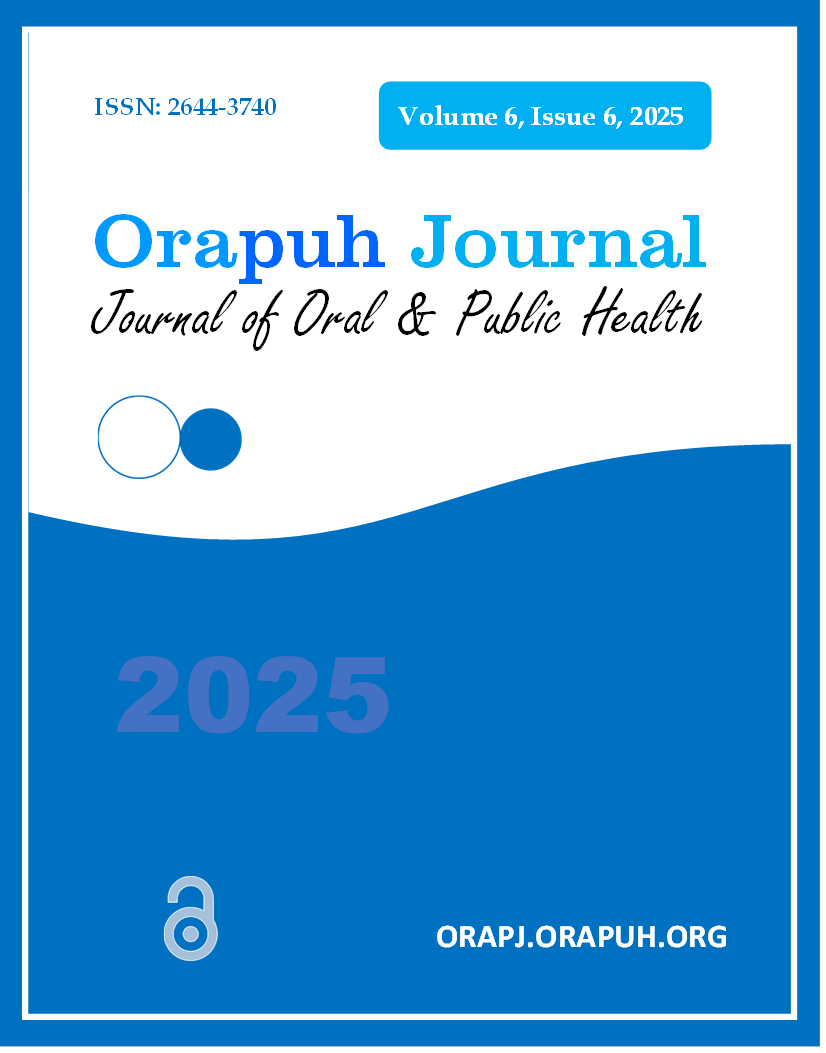Abstract
Introduction
Artificial intelligence (AI) is increasingly integrated into medical imaging, including computed tomography (CT); however, its uptake remains limited in low-resource settings such as the Democratic Republic of Congo (DRC). Understanding physicians’ knowledge, perceptions, and interest is essential for guiding effective implementation strategies.
Purpose
To assess levels of knowledge, perception, and interest regarding AI integration in CT imaging among physicians in the DRC, and to identify relevant demographic and professional correlates.
Methods
A cross-sectional electronic survey was conducted between September and December 2024 among 740 physicians across the DRC. The questionnaire captured sociodemographic information and assessed AI-related knowledge (using a scored set of objective items, with ≥50% considered acceptable), perception, and interest (using 5-point Likert scales). Bivariate analyses (Chi-square and t-tests) and multivariate logistic regressions were used to identify predictors of high knowledge, favourable perception, and strong interest.
Results
Among participants, 64.9% were aged 35 years or younger, 67.6% were male, 70.9% practised in Kinshasa, and 65.1% were general practitioners. Acceptable knowledge was observed in 54.7% of respondents. Favourable perception and strong interest were reported by 46.2% and 66.8% of respondents, respectively. In adjusted analyses, being under 36 years, having ≤15 years of professional experience, working as a general practitioner, and practising in a provincial setting were significantly associated with higher levels of knowledge, perception, or interest (p < .05).
Conclusion
Early-career physicians, general practitioners, and those practising outside the capital appear more receptive to AI in CT imaging. These findings highlight the importance of targeted training initiatives and policy engagement to promote equitable and effective AI integration in medical imaging across the DRC.
References
Chilamkurthy, S., Ghosh, R., Tanamala, S., Biviji, M., Campeau, N. G., Venugopal, V. K., Mahajan, V., Rao, P., & Warier, P. (2018). Deep learning algorithms for detection of critical findings in head CT scans: A retrospective study. The Lancet, 392(10162), 2388–2396. https://doi.org/10.1016/S0140-6736(18)31645-3
Del Gaizo, A. J., Osborne, T. F., Shahoumian, T., & Sherrier, R. (2024). Deep learning to detect intracranial hemorrhage in a national teleradiology program and the impact on interpretation time. Radiology: Artificial Intelligence, 6(5), e240067. https://doi.org/10.1148/ryai.240067
Dieckmeyer, M., Sollmann, N., Kupfer, K., Löffler, M. T., Paprottka, K. J., Kirschke, J. S., & Baum, T. (2023). Computed tomography of the head: A systematic review on acquisition and reconstruction techniques to reduce radiation dose. Clinical Neuroradiology, 33(3), 591–610. https://doi.org/10.1007/s00062-023-01271-5
Dumitrașcu, M., Lespezeanu, D.-A., & Zugravu, C.-A. (2024). Perceptions of the impact of artificial intelligence among internal medicine physicians as a step in social responsibility implementation: A cross-sectional study. Healthcare, 12(15), 1502. https://doi.org/10.3390/healthcare12151502
Goyal, S., Sakhi, P., Kalidindi, S., Nema, D., & Pakhare, A. P. (2024). Knowledge, attitudes, perceptions, and practices related to artificial intelligence in radiology among Indian radiologists and residents: A multicenter nationwide study. Cureus, 16(12), e76667. https://doi.org/10.7759/cureus.76667
Hu, P., Yan, T., Xiao, B., Shu, H., Sheng, Y., Wu, Y., Shu, L., Lv, S., Ye, M., Gong, Y., Wu, M., & Zhu, X. (2024). Deep learning-assisted detection and segmentation of intracranial hemorrhage in noncontrast computed tomography scans of acute stroke patients: A systematic review and meta-analysis. International Journal of Surgery, 110(6), 3839–3847. https://doi.org/10.1097/JS9.0000000000001266
Kaboré, S. S., Ngangue, P., Soubeiga, D., et al. (2022). Barriers and facilitators for the sustainability of digital health interventions in low and middle-income countries: A systematic review. Frontiers in Digital Health, 4, 1014375. https://doi.org/10.3389/fdgth.2022.1014375
Kiefer, J., Kopp, M., Ruettinger, T., Heiss, R., Wuest, W., Amarteifio, P., Stroebel, A., Uder, M., & May, M. S. (2023). Diagnostic accuracy and performance analysis of a scanner-integrated artificial intelligence model for the detection of intracranial hemorrhages in a traumatology emergency department. Bioengineering, 10(12), 1362. https://doi.org/10.3390/bioengineering10121362
Sharma, M., Luthra, S., Joshi, S., & Kumar, A. (2022). Implementing challenges of artificial intelligence: Evidence from public manufacturing sector of an emerging economy. Government Information Quarterly, 39(4), 101624. https://doi.org/10.1016/j.giq.2021.101624
Molua, A. A., Mbongo, T. A., & Mukaya, T. J. (2004). État de la radiologie à Kinshasa. Journal de Radiologie, 85(9), 1331. https://doi.org/10.1016/S0221-0363(04)77072-9
Nciki, A. I., & Hlabangana, L. T. (2025). Perceptions and attitudes towards AI among trainee and qualified radiologists at selected South African training hospitals. South African Journal of Radiology, 29(1), a3026. https://doi.org/10.4102/sajr.v29i1.3026
Opper Hernando, M. I., Witham, D., Stahl, A. C., et al. (2025). Critical reflection on the indication for computed tomography: An interdisciplinary survey of risk and benefit management in patients with sepsis. Insights into Imaging, 16, 15. https://doi.org/10.1186/s13244-024-01894-3
Patel, P. R., & De Jesus, O. (2023). CT scan. In StatPearls. StatPearls Publishing. https://www.ncbi.nlm.nih.gov/books/NBK567796/
Kbah, Z., & Gralla, E. (2023). Understanding enablers and barriers for deploying AI/ML in humanitarian organizations: The case of DRC’s Foresight. In Proceedings of the IISE Annual Conference & Expo 2023 (K. Babski-Reeves, B. Eksioglu, & D. Hampton, Eds.).

This work is licensed under a Creative Commons Attribution-NonCommercial 4.0 International License.

